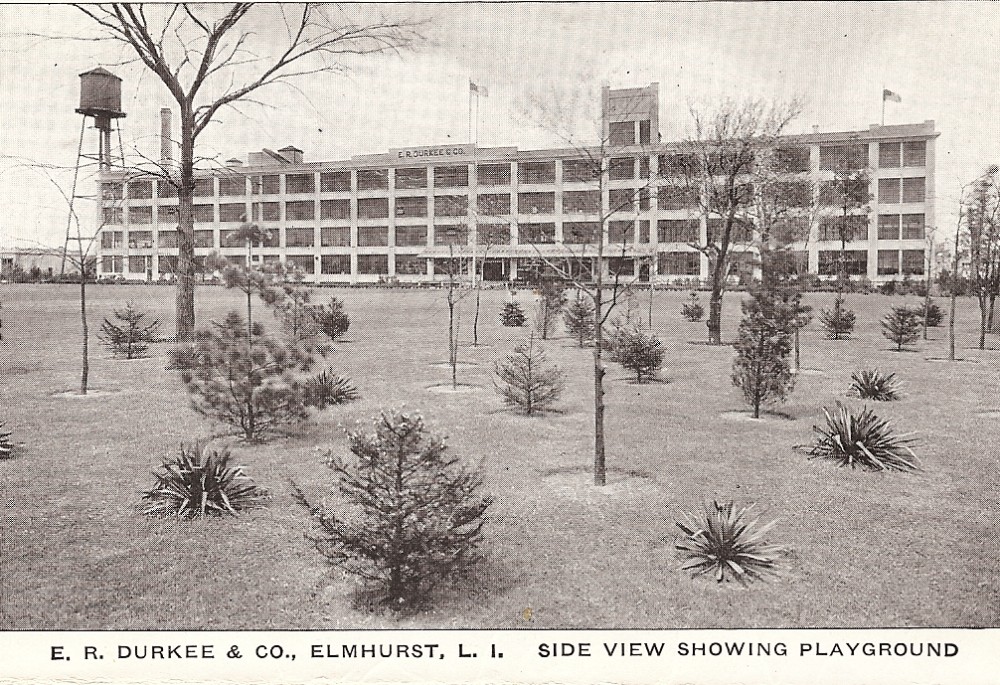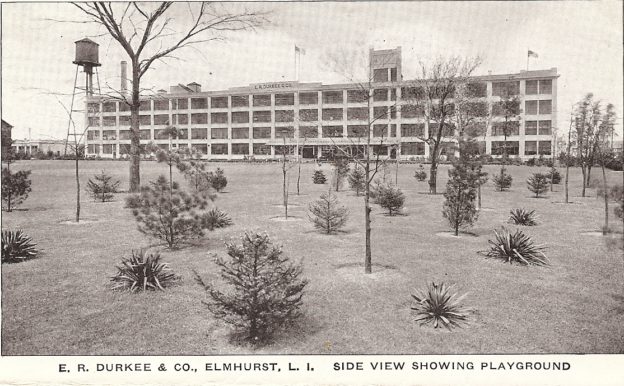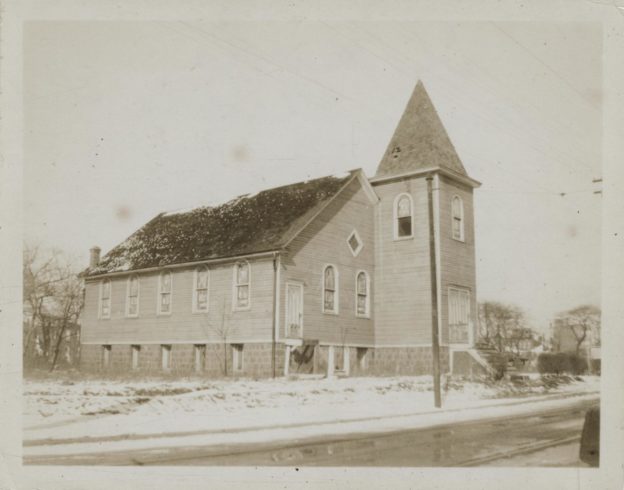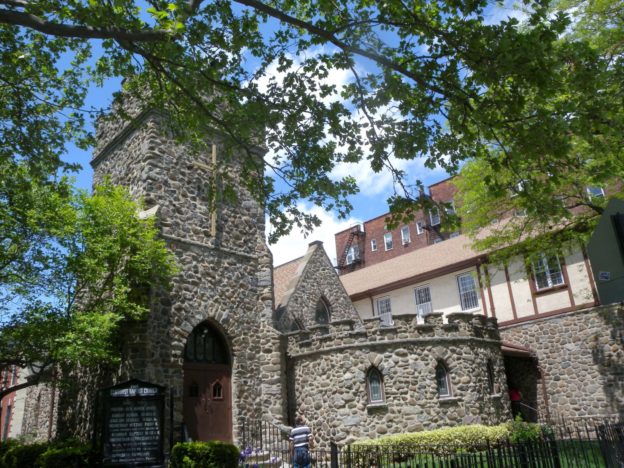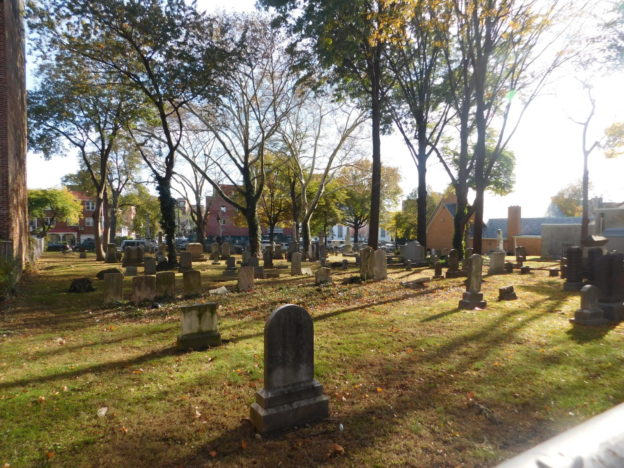The first European settlement in Elmhurst was founded in 1642 at the head of the Maspeth Creek. The town was destroyed due to increasing conflicts between Native Americans and the Dutch, and was replaced in 1652 by a new village located on safer ground inland, at what is now Queens Boulevard and Broadway. The English called the place Middelburgh, since Dutch authorities required a Dutch name, but referred to it as Newtown among themselves, to distinguish it from the old town at Maspeth.
The 18th century was a period of prosperity for Newtown Village, population slowly increased and the local economy became more diversified. The proximity to New York allowed for crops to be sold in the open market or traded for manufactured goods, and also provided access to luxury goods and services. The road system was largely created during this time, connecting the outlying hamlets with the churches and town offices at Newtown, giving them access to the mills, the meadows and the shore. During the Revolution, the British Army occupied Newtown. Officers were billeted in the houses and buildings were repurposed for field hospitals, armories and headquarters. After the war, the town recovered gradually, mostly thanks to new practices and technologies in agriculture that boosted the economy. Social change was spurred by the abolition of slavery in New York State in 1827 and a group of newly freed African Americans established the first African Mehtodist Episcopla (A.ME.) Church and cemetery in the town.
In the years before the Civil War, and during the first decade after, Newtown remained largely a one-street town. Although there was some commercial growth, and a new building was erected for the Newtown High school (site 6), attempts to expand the limits of the old village were unsuccessful. This began to change in 1869, when large estates were auctioned. In 1893, the Meyer brothers, led by Cord Meyer Jr., bought over 100 acres of the Samuel Lord estate to develop an ambitious plan for a new suburb northwest of the old Newtown Village. This development was planned to offer amenities rarely present in a rural district, and certainly nowhere else in Queens at the time: paved streets, a water system and private sewers. The project proved to be extremely successful, and the neighborhood became known for its fashionable housing developments and infrastructure. Cord Meyer, Jr. also lobbied to have the name of the village changed to Elmhurst, to avoid any association with the polluted Newtown Creek. The name is said to have been inspired by large, mature American elms that existed along Broadway, particularly in front of St. James Church. Despite initial resistance from the townspeople to discard the historic name of the village, in 1896 the Post Office officially changed to Elmhurst.
The opening of the subway in 1936 spurred local development which resulted in the destruction of much of the old village’s building stock, most notably the Moore Homestead. After the Second World War, Elmhurst became a place for architectural innovation. Influenced largely by the New York World’s Fair of 1964, buildings like the Pan American Hotel, the Queens Place Mall and the former Jamaica Savings Bank branch (site 15) changed the neighborhood’s landscape. In the 1980s, immigrants from many different countries changed Elmhurst from an almost exclusively white community to the most ethnically diverse neighborhood in the city.
